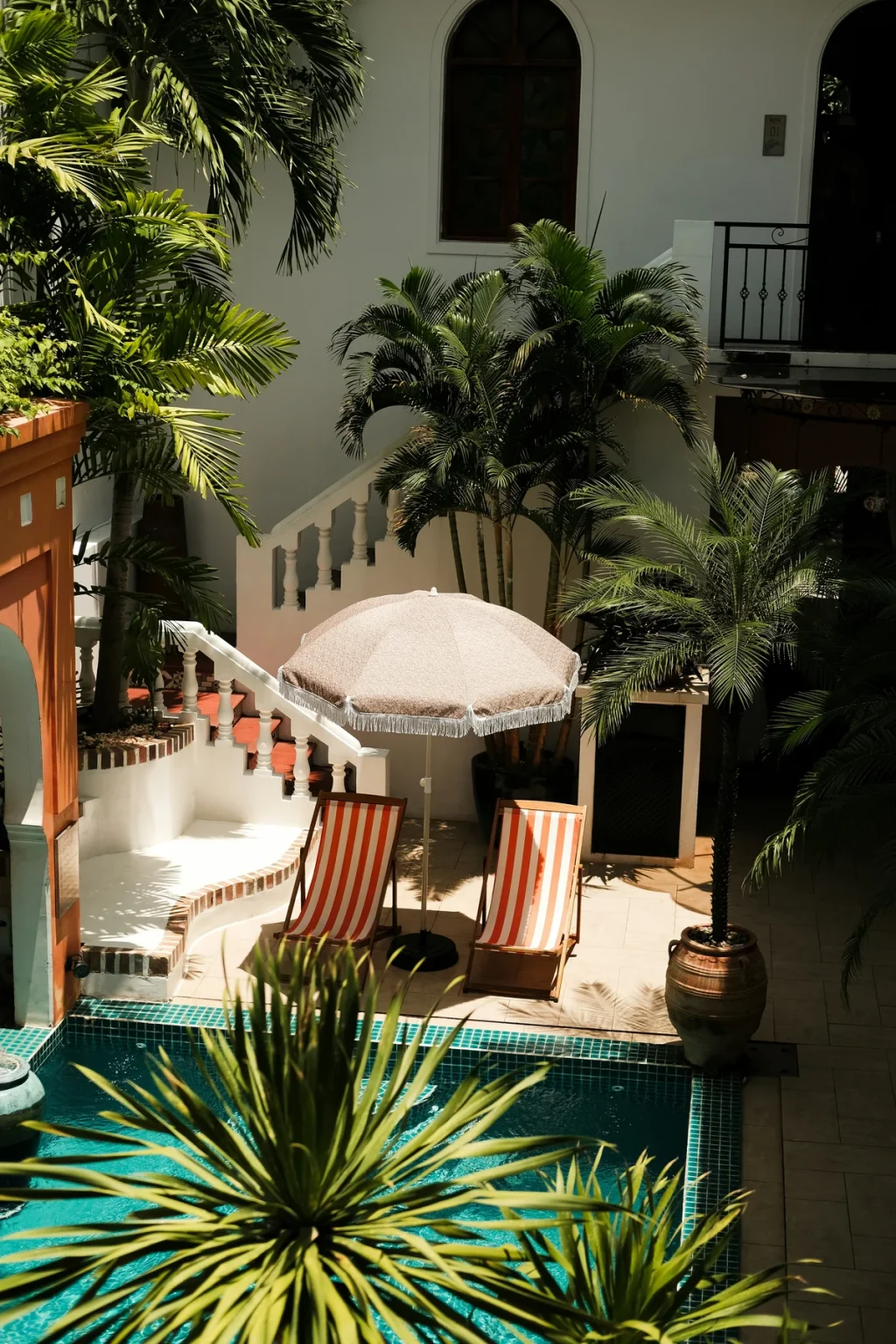Introduction
In today’s fast-paced digital world, where people scroll through content in seconds, luxury hotels are finding new ways to connect with potential guests. One of the most effective tools is short-form video. Whether it is an Instagram Reel, a TikTok, or a YouTube Short, these quick, visually rich clips are helping book high-end stays, including suites that cost $5,000 a night.
This shift is not accidental. Neuroscience, consumer psychology, and hospitality marketing trends all point to the growing power of immersive, short-form storytelling. These micro-videos tap into emotions, build trust, and offer aspirational experiences that move viewers from passive browsers to active bookers.
The Psychology Behind Short-Form Success
Short-form video is effective because it delivers a powerful blend of visual appeal, emotional connection, and credibility often within less than a minute. Neuroscientific research indicates that emotionally engaging, visually rich content enhances memory retention and accelerates decision-making, often outperforming traditional, logic-based messaging.
According to Lei, Wu, & Zhang (2024), hotels leveraging short-form video content as part of their digital strategy saw a 19% increase in direct bookings for high-end accommodations, with younger travelers reporting higher trust and preference for brands they encountered on short-form video platforms.
Three Formats That Convert Scrolls into Sales
1. Behind-the-Scenes Luxury: Humanizes exclusivity; shows what high price points actually offer.
2. Guest-Generated Content (UGC): Increases brand credibility through social proof.
3. Mood-Driven Storytelling: Stimulates desire and imagination; builds emotional connection pre-booking.
A 2024 study by Heidari, Verderese & Saviano found that emotional storytelling through visuals had a 41% higher engagement rate than purely informational hotel posts on Instagram.
Swiss Case Studies: Micro-Moments, Macro Revenue
A boutique chalet in Zermatt posted a 30-second Instagram Reel showcasing its signature arrival experience: guests flying in via private helicopter, followed by a cinematic walkthrough of a panoramic suite with sweeping views of the Matterhorn. The video combined exclusivity with atmosphere, using natural light, soft music, and a first-person perspective to bring the guest journey to life.
The result? Within 48 hours, the hotel saw a 32% increase in direct booking inquiries and confirmed two suite reservations valued at over $4,000 each. The content was not overly produced, but it captured exactly what luxury travelers respond to: an experience they can imagine themselves in.
The Chedi Andermatt took a different approach – launching a mini-series of 15-second TikToks that highlighted the resort’s mood and atmosphere: firelit lounges, slow-motion spa rituals, and candlelit dinners with snow falling softly outside.
Rather than focusing on features, the videos focused on feeling. That subtle shift resonated. In just one week, the hotel saw a 26% increase in web traffic to its premium suite pages. Many of the viewers were discovering the brand for the first time, showing how short-form video can boost both visibility and intent to book.
Why Luxury Brands Must Invest in Short-Form Now
Luxury travelers, especially Millennials and Gen Z, are discovering destinations and brands first through video. According to a 2025 industry report by the Hospitality Innovation Council, 68% of luxury travelers said that short-form video played a key role in shaping their perception of hotel brands.
Conclusion: 30 Seconds to Luxury Loyalty
Short-form video has moved beyond trend status, it has become a key part of how luxury hotels communicate and connect. It gives brands the chance to make a strong impression early, offering a glimpse of the experience before a guest even thinks about booking.
In a market where attention is fleeting, 30 seconds can go a long way. It is not about how much time you have, but how well you use it. And more often than not, it’s what turns interest into action and browsers into bookings.
References
– Lei, P., Wu, C., & Zhang, T. (2024). Neuromarketing innovations in the hospitality industry. Journal of Hospitality and Tourism Technology, 15(1), 53–76.
– Krabokoukis, M. (2025). Neuromarketing applications in hospitality. Journal of Consumer Psychology in Tourism, 19(2), 87–103.
– Cardoso, R., Chen, Y., & de Almeida, M. (2022). Color psychology in luxury hotel branding. Journal of Hospitality and Marketing Management, 31(3), 356–372.
– Heidari, M., Verderese, A., & Saviano, M. (2024). Psychological effects of color schemes in hospitality. European Journal of Tourism Research, 45(1), 112–128.
– Hospitality Innovation Council. (2025). Digital Influence on Luxury Travel Decisions: Trends and Projections. HIC Annual Report.
